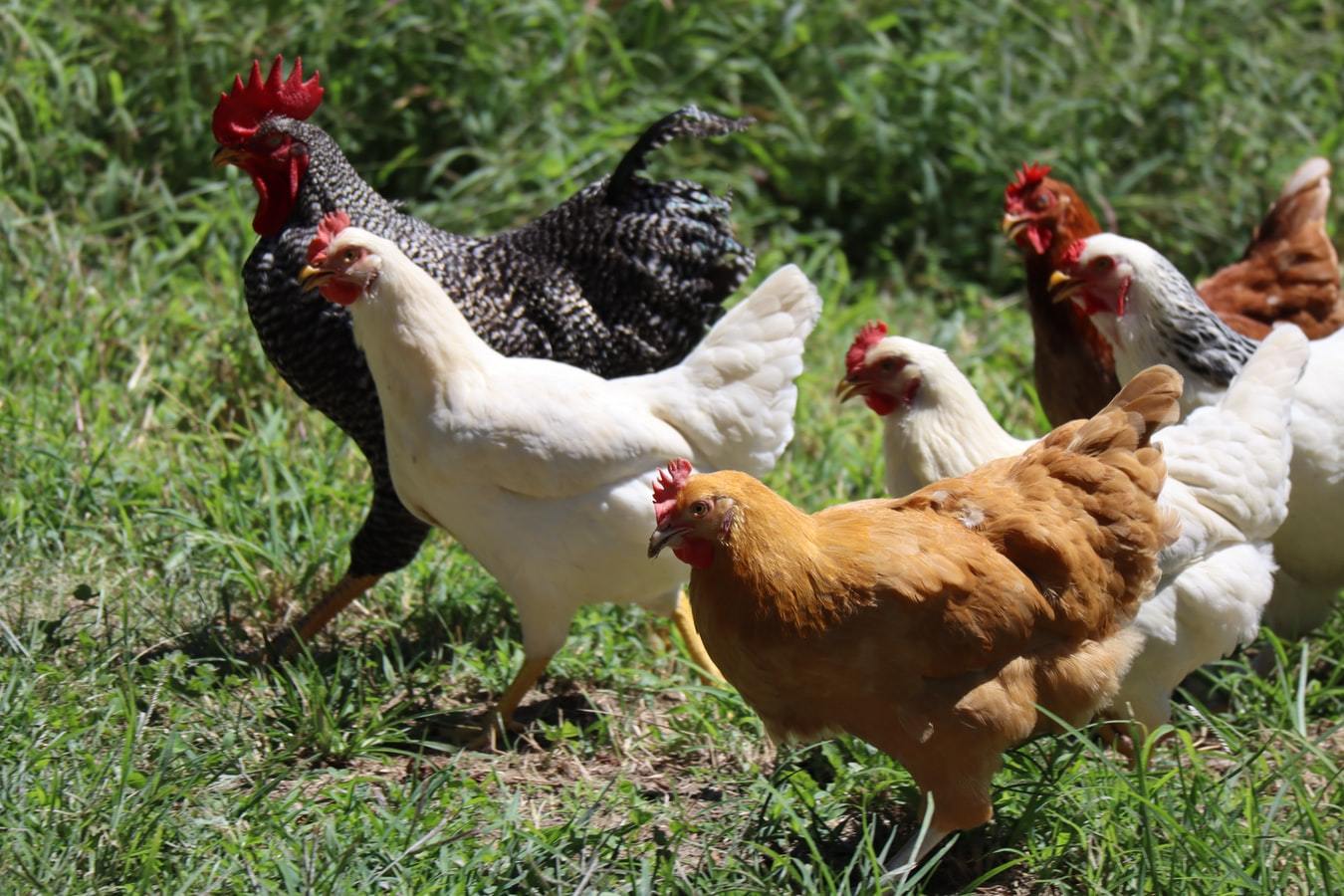

Professor Henrietta L. Moore and Patrick Vickers
This Earth Day, we harbour some hopes that we may be witnessing the beginning of a regenerative renaissance. Across different parts of society, there seems to be a growing understanding that our prosperity must be rooted in a symbiotic relationship with nature if it is to last. Across different systems, degenerative practices are being challenged by regenerative alternatives.
This dynamic is clear to see when it comes to agriculture. Two different systems – two different stories of how we relate to the earth – are in view. One story says we can coerce economic value out of the earth, regardless of the impact on nature’s health, our health, or our future. Its dependence on the destruction of soil and nature means it has an expiry date, and any path which involves it will be crisis-ridden. The other story shows us that human activity can be good for the environment. It shows us that we can create value systems that are ecologically embedded and build our prosperity and build the health of nature with every year that goes by. This is the story or Industrial Agriculture and Regenerative Agriculture.
Industrial agriculture is divorced from nature, making it one of the most destructive activities humans do. At the moment we destroy eight times more soil than we do produce food every year. Industrial agriculture is a leading cause of ecosystem degradation due to from deforestation, soil degradation, chemical runoff causing ocean dead zones, and pesticide spraying causing insect die-off. It is a driver of extinction. It is also a major culprit in greenhouse gas emissions, which come creating fertilisers and pesticides, fuelling the machines needed to farm at such a scale, and moving mono-cropped commodities around the world. Continuing with industrial agricultural is not an option if we want a safe future.
Regenerative Agriculture is an approach to agriculture that treats the land as a living system, prioritising the health of the system as a whole in order to create an ecologically productive landscape. Instead of treating the land as an inordinate mass to be exploited, Regenerative Agricultures treat land as a living system which you enter into a reciprocal relationship with and understand its needs. Not forced into an abusive relationship where you control the land and have to squeeze as much value out as possible. When seen from this perspective, agriculture becomes about caring for the living soil, promoting biodiversity, and stewarding life.
Prioritising the health of the overall system means working with the gifts of nature instead of working against it. This leads to a multitude of benefits for individuals, farms, nature, and society.
· Healthy soil grows healthier, more nutritious food.
· One good proxy for the health of the soil is the carbon content. The means by which we improve the health of the soil also sequester carbon dioxide into the soil.
· Healthy soil with a higher carbon content stores far more water, making farms more drought resilient.
· Biodiversity improves the health of soil, and turns the farm into a habitat for multiple species
· Diversity of crops creates more resilient livelihoods and health for farmers, as there are multiple different income streams and food sources.
· Expensive synthetic inputs such as fertiliser and pesticides are not needed once the soil health reaches a certain point.
The scale of potential of carbon sequestration in soil is substantial. The ‘4 per 1000 initiative’ launched 2015 Paris Climate Change conference (COP21) aims to increase soil carbon by 0.4% per year. If achieved globally, this would equate to 2.8 billion tons of carbon stored in the ground annually, which is 7.7% of fossil fuel emissions in 2019. This is a substantial amount even before considering the fact that the agricultural techniques that would lead to this sequestration would also substantially reduce the existing emissions associated with farming. This is an opportunity to stop one of our most damaging behaviours and start healing the biosphere.
Our work in the regenerative agriculture and regenerative systems change:
The IGP is committed to regenerative systems change. We believe regenerative systems are a key part of a new vision of prosperity, rooted in a symbiotic relationship with nature. Regenerative agriculture can be the starting point for larger shifts towards regenerative systems, as it can unlock a positive-sum dynamic with nature, as opposed to the zero-sum dynamic it feels we’re stuck in. Several strands of our work aim to build this vision at different levels.
Professor Henrietta Moore, was appointed to the expert panel of the recently published Dasgupta Review, commissioned by HM Treasury. Published in February 2021, the review calls on us to develop new measurements of economic success to take us towards a sustainable path. It also calls for us to understand our economies are embedded in nature – not above or separate to it.
Professor Jacqueline McGlade is a leading author of Investing in Nature as the true engine of our economy: A 10-point Action Plan for a Circular Bioeconomy of Wellbeing. The report calls for us to recognise formulate economic models which embed our wellbeing in the regeneration of nature. With agriculture, the report calls for “a mosaic of distributed, diverse and regenerative production systems, bringing food production closer to the communities where it is consumed.”
The IGP has also published Farmer Led Regenerative Agriculture for Africa – a report which highlights the potential for Farmer-Led Regenerative Agriculture to create a new farming future for Africa.
Image: Zachariah Smith on Unsplash